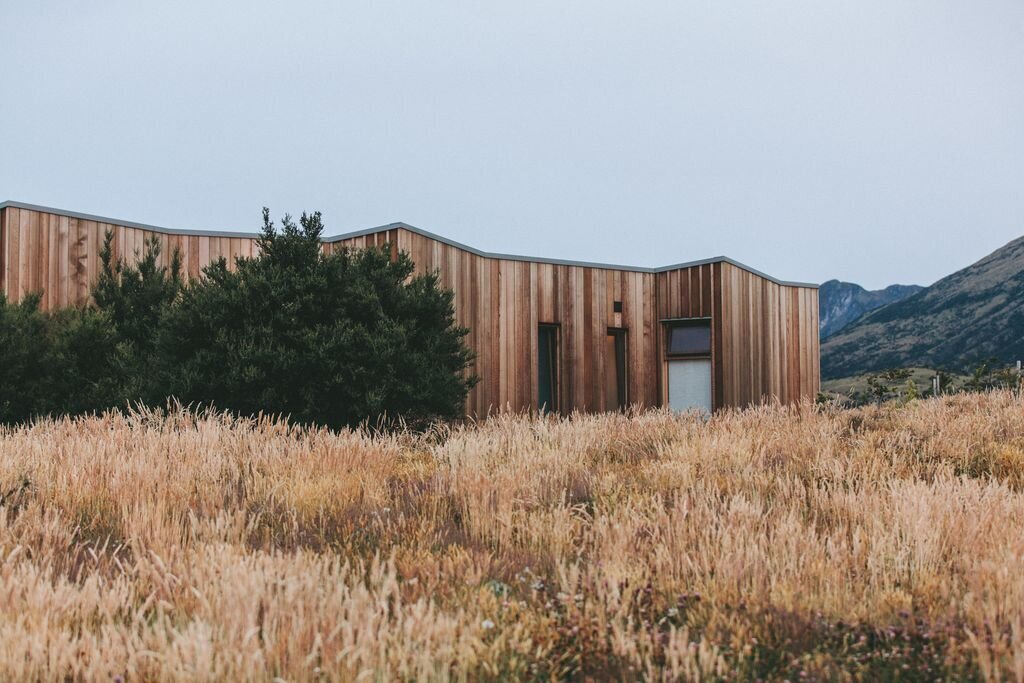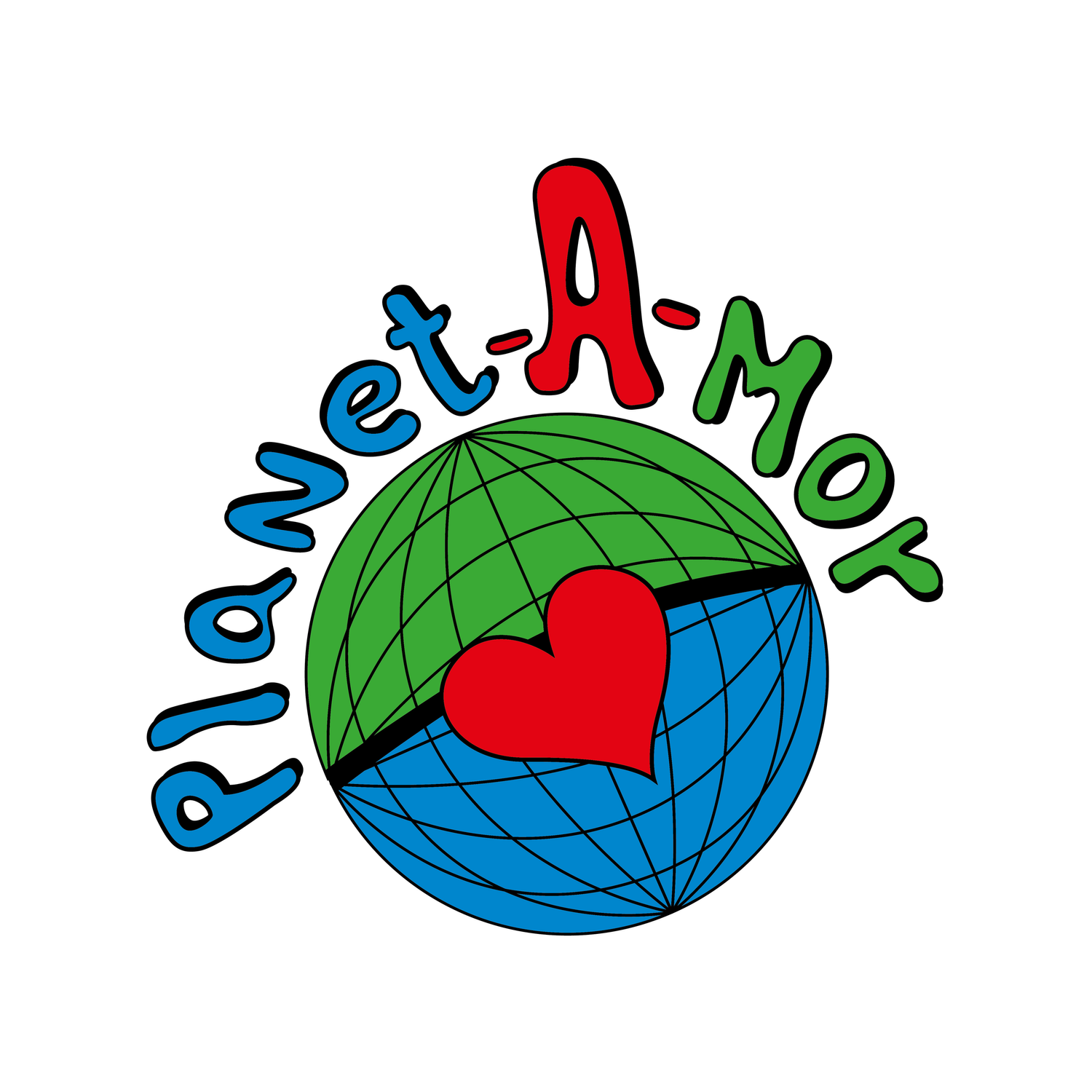
12 Permaculture design principles
One of the more unique aspects to permaculture design is its ethical base as a platform for all further decision-making. The ethics are:
Care of Earth and its systems to continue life,
Care of people.
Twelve Permaculture design principles articulated by David Holmgren in his Permaculture: Principles and Pathways Beyond Sustainability:
The 12 permaculture disign principles we work by
-
The 12 permaculture disign principles we work by -
Observe and interact: By taking time to engage with nature we can design solutions that suit our particular situation.
Catch and store energy: By developing systems that collect resources at peak abundance, we can use them in times of need.
Obtain a yield: Ensure that you are getting incredibly useful rewards as part of the work that you are doing.
Apply self-regulation and accept feedback: We need to discourage inappropriate activity to ensure that systems can continue to function well.
Use and value renewable resources and services: Make the best use of nature's abundance to reduce our consumptive behavior and dependence on non-renewable resources.
Produce no waste: By valuing and making use of all the resources that are available to us, nothing goes to waste.
Design from patterns to details: By stepping back, we can observe patterns in nature and society. These can form the backbone of our designs, with the details filled in as we go.
Integrate rather than segregate: By putting the right things in the right place, relationships develop between those things, and they work together to support each other.
Use small and slow solutions: Small and slow systems are easier to maintain than big ones, making better use of local resources and producing more sustainable outcomes.
Use and value diversity: Diversity reduces vulnerability to a variety of threats and takes advantage of the unique nature of the environment in which it resides.
Use edges and value the marginal: The interface between things is where the most interesting events take place. These are often the most valuable, diverse, and productive elements in the system.
Creatively use and respond to change: We can have a positive impact on inevitable change by carefully observing, and then intervening at the right time.

What is Permaculture
EVOLUTION Permaculture’s concept has evolved since the 1970s, in its beginning, the focus was around the design of ecological, regenerative, and smart agriculture with the idea of creating a permanent agriculture; with an emphasis on perennials, tree crops, water conservation, earthworks, soil improvement, biodiversity and much more. Many of the proposed systems and methods were drawn out or inspired by indigenous knowledge around land use and care. Mollison independently researched and published a three-volume treatise on the history and genealogies of the descendants of the Tasmanian aborigines, this interest and dedication around indigenous culture were key in the development of permaculture basis. Nowadays permaculture has a huge social side with the inspiration of creating a permanent culture of sustainable, regenerative, cooperative, and compassionate living, while giving the power back to the people to design their lives according to their values. Permaculture is helping in the creation of a network, a web of interconnected visions, dreams, projects, ideas, and people, with a common intention of doing good for each other and the planet. “Great change is taking place. These are not as a result of any one group or teachings, but as a result of millions of people defining one or more ways in which they can conserve energy, aid local self-reliance, or provide for themselves.” - Bill Mollison
DEFINITIONS Permaculture is a macro-concept that involves many different topics, methods, systems, and ideas. Ideas like moving back to the land, using nature as our guide, applying ecology in our productive systems, reconnecting with the cycles of nature, approaching life holistically, creating stable local economies, regenerating the landscape and our relationships with others, investing in resiliency and interconnectivity; are in the heart of permaculture. Since the beginning of permaculture, the sense of shared work has been central, “we could say that there are as many permaculture definitions as there are Perma culturalists.” (People and Permaculture, 2012) I personally like to describe permaculture as: “An ethically based design system for human habitation and regenerative living that encompasses most aspects of life as a part of this planet; based on observation, inspired by pattern, inclusive, biodiverse, holistic and kind.” Essentially permaculture is a design methodology that has foundational ethics and core principles, that can be applied to most aspects in life. When practicing permaculture, the ethics are the guides and the principals are the canons, so for example, when designing a new system or element first we evaluate if it respects the four ethics. There is a lot to say about each of these ethics, the following is a brief summary; to learn more check out our blog article The Ethics of Permaculture.
